Page 1 of 1
Decision Data 8010 Punchcard Keyboard (NOS)
Posted: 28 Nov 2015, 06:36
by HaaTa
Posted: 28 Nov 2015, 14:18
by sth
love the traces on that pcb.
Posted: 30 Dec 2015, 21:21
by mr_a500
This is one of the most beautiful keyboards I've ever seen. The photography is amazing too. Well done, HaaTa. (The black keyboard background reminded me of the 2001 monolith for some reason.)
Thank God I managed to get one. Mine is a bit older, 12th week of 1974. The keycaps are indeed amazing - matching my APL beam spring keycaps and my 1974 Micro Switch keypad keycaps. The feel of the keyboard is better than my other hall effect keyboards. It's now my favourite linear keyboard. I hope I can somehow convert it to USB some day.
Posted: 30 Dec 2015, 21:45
by XMIT
I think 2016 will be the Year of the Micro Switch.
Posted: 16 Mar 2018, 09:54
by Quartz64
Have you managed to convert it to USB?
Posted: 16 Mar 2018, 11:06
by Chyros
I just noticed this has a different (and much nicer) colour scheme than my 8010 Oo . Very nice board!
Posted: 16 Mar 2018, 11:33
by andrewjoy
Oh man that thing is amazing, i need toggle switches like that on my keyboard
Posted: 16 Mar 2018, 13:05
by Chyros
andrewjoy wrote: ↑Oh man that thing is amazing, i need toggle switches like that on my keyboard
They are VERY chunky, too ^^ .
Posted: 06 Nov 2018, 22:13
by schwasam
Created a new color scheme:
https://drive.google.com/open?id=0B7yo8 ... 8tLWNJbnF3
If anyone made it work with PS/2 or USB, let me know.
Posted: 07 Nov 2018, 13:49
by green-squid
Unfortunately, having Hall Effect in a vintage keyboard is a blessing and a big curse. They are one of the best switches ever made, but you cannot use them!
BTW no, you will probably not find somebody who has converted this board.
Posted: 07 Nov 2018, 16:15
by schwasam
Sounds like an interesting project then

Do you know of any other hall effect keyboards that have been converted?
Posted: 07 Nov 2018, 16:59
by abrahamstechnology
Why not just get a replacement PCB designed?
Posted: 07 Nov 2018, 17:33
by green-squid
schwasam wrote: ↑Sounds like an interesting project then

Do you know of any other hall effect keyboards that have been converted?
https://geekhack.org/index.php?topic=89262.0
This and a Texas instruments phone terminal boards and the space cadet keyboard are the only ones that have been converted. (
https://github.com/MMcM/lmkbd2#space-cadet-direct). You're out of luck with everything else!
Posted: 07 Nov 2018, 17:40
by green-squid
abrahamstechnology wrote: ↑Why not just get a replacement PCB designed?
Because there is no Hall Effect firmware out there. Ace Pad Tech, the makers of the only current HE boards out there, refused to give out the firmware to XMIT.
Posted: 07 Nov 2018, 17:55
by Slom
schwasam wrote: ↑Sounds like an interesting project then

Do you know of any other hall effect keyboards that have been converted?
Grüezi,
Mike McMahon has converted a board that should be similar:
https://github.com/MMcM/micro-switch-ascii-kbd
Also worth a read might be this:
http://randomvariations.com/2014/10/18/ ... ard-logic/
These are only starting points, who will have to put some additional work into this.
And you will most probably be rewarded with only 1kro, does't make sense to punsh more than one character at once on a card puncher ...
Posted: 07 Nov 2018, 18:07
by abrahamstechnology
green-squid wrote: ↑abrahamstechnology wrote: ↑Why not just get a replacement PCB designed?
Because there is no Hall Effect firmware out there. Ace Pad Tech, the makers of the only current HE boards out there, refused to give out the firmware to XMIT.
That sucks. But I guess you can rip apart an APT and hand-wire it somehow.
Posted: 08 Nov 2018, 00:02
by Slom
abrahamstechnology wrote: ↑green-squid wrote: ↑abrahamstechnology wrote: ↑Why not just get a replacement PCB designed?
Because there is no Hall Effect firmware out there. Ace Pad Tech, the makers of the only current HE boards out there, refused to give out the firmware to XMIT.
That sucks. But I guess you can rip apart an APT and hand-wire it somehow.
How is the APT controller supposed to help with these vintage keyboards? I don't get it ...
Posted: 08 Nov 2018, 01:10
by abrahamstechnology
abrahamstechnology wrote: ↑green-squid wrote: ↑abrahamstechnology wrote: ↑
Because there is no Hall Effect firmware out there. Ace Pad Tech, the makers of the only current HE boards out there, refused to give out the firmware to XMIT.
That sucks. But I guess you can rip apart an APT and hand-wire it somehow.
How is the APT controller supposed to help with these vintage keyboards? I don't get it ...
Because it's a Hall Effect keyboard, it operates on the same principle.
Posted: 08 Nov 2018, 01:15
by Hypersphere
That PCB could be framed and exhibited as a work of art!
Posted: 08 Nov 2018, 01:34
by snacksthecat
Really beautiful keyboard. You definitely hit the jackpot in terms of color schemes. I picked one of these up about a year ago but it's brown, beige, and very dirty.
I had aspirations to convert it some day but I guess I need some stuff explained to me. Can someone fill me in on the reason so few HE boards have been converted? Is it very tricky to figure out the sensing on HE switches? For instance, if I had a single microswitch and an arduino, would it be difficult to write a program that senses when the switch is activated? Then extrapolate that technique to a whole keyboard?
Sorry if I'm being dense; I promise it's not intentional!
Posted: 08 Nov 2018, 01:36
by HaaTa
Generally that won't work because most hall effect sensors for keyboards utilize threshold detection inside the sensor rather than the MCU. So all you're getting is on/off signals.
Posted: 09 Nov 2018, 09:26
by schwasam
Thanks for all the pointers to other conversions, helps a lot!
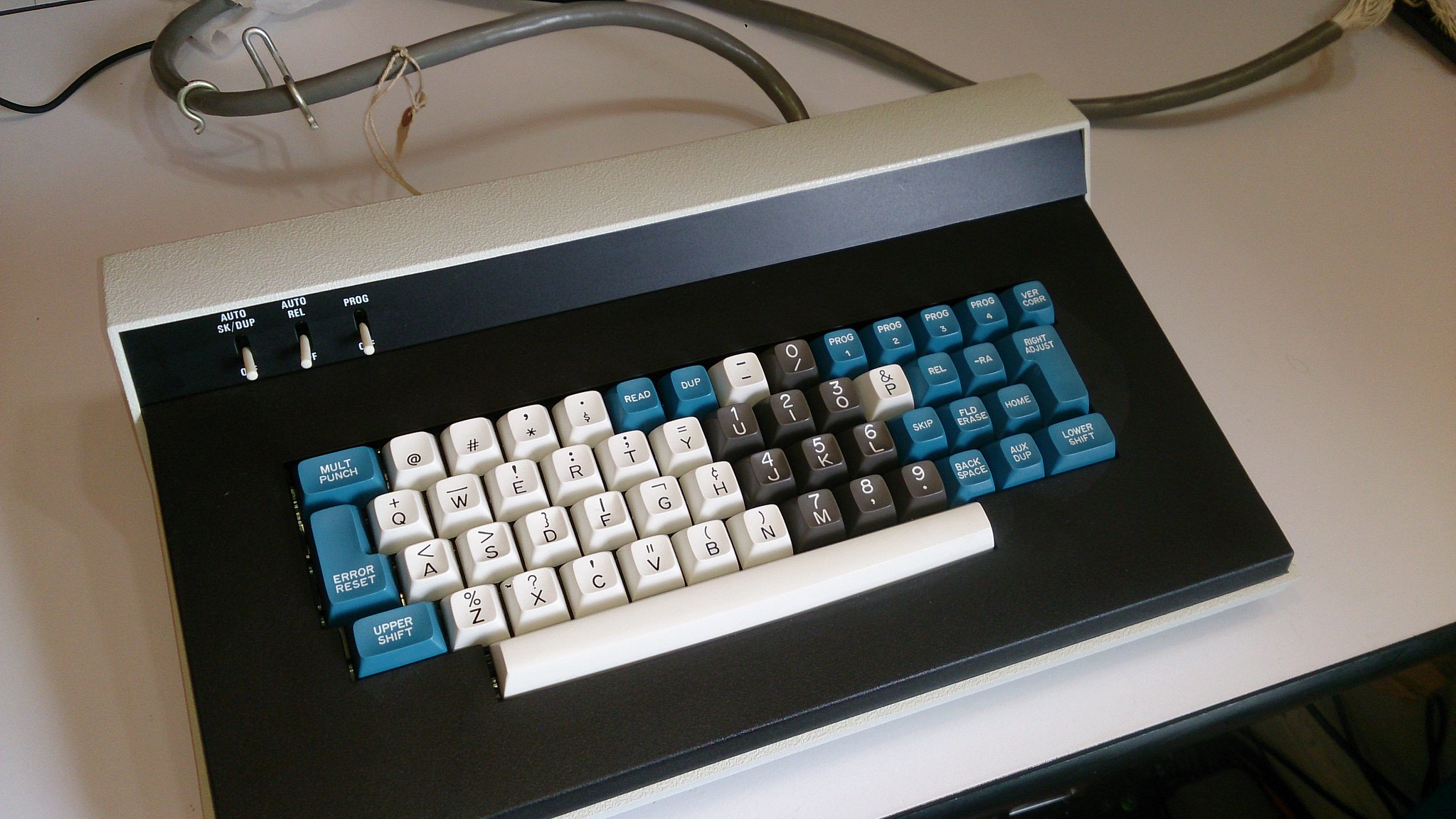 DSC_1697
DSC_1697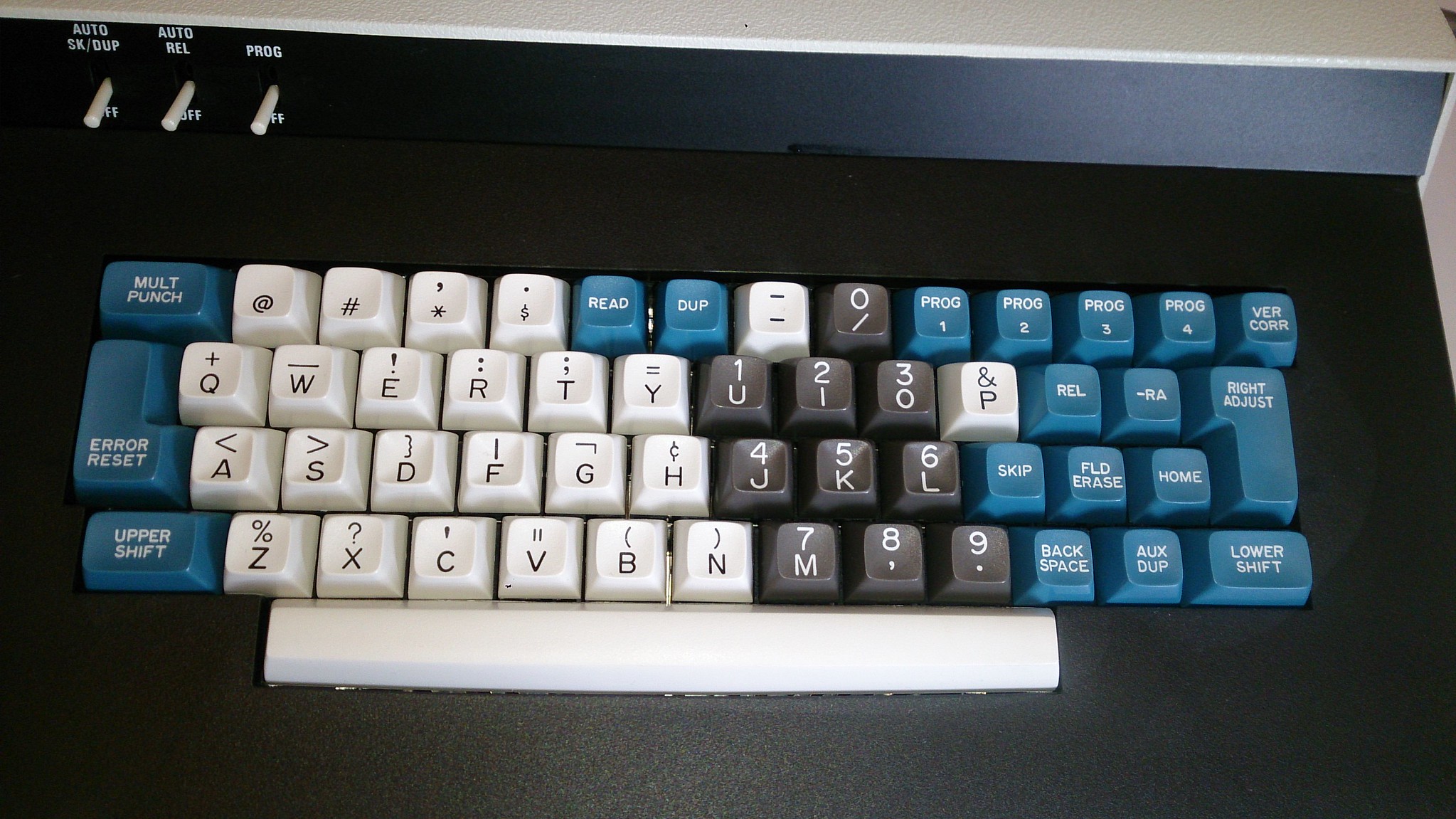 DSC_1698
DSC_1698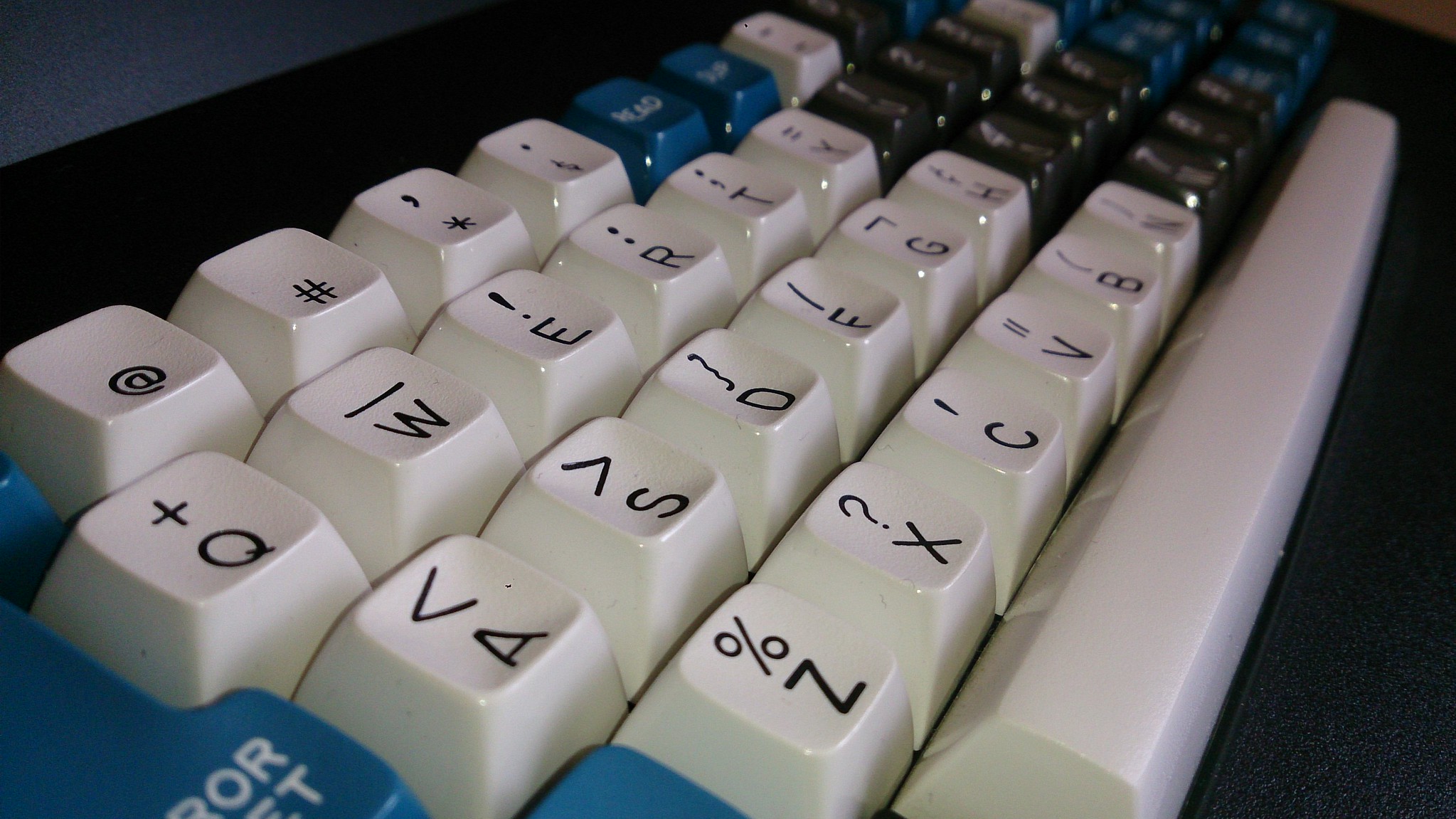 DSC_1702
DSC_1702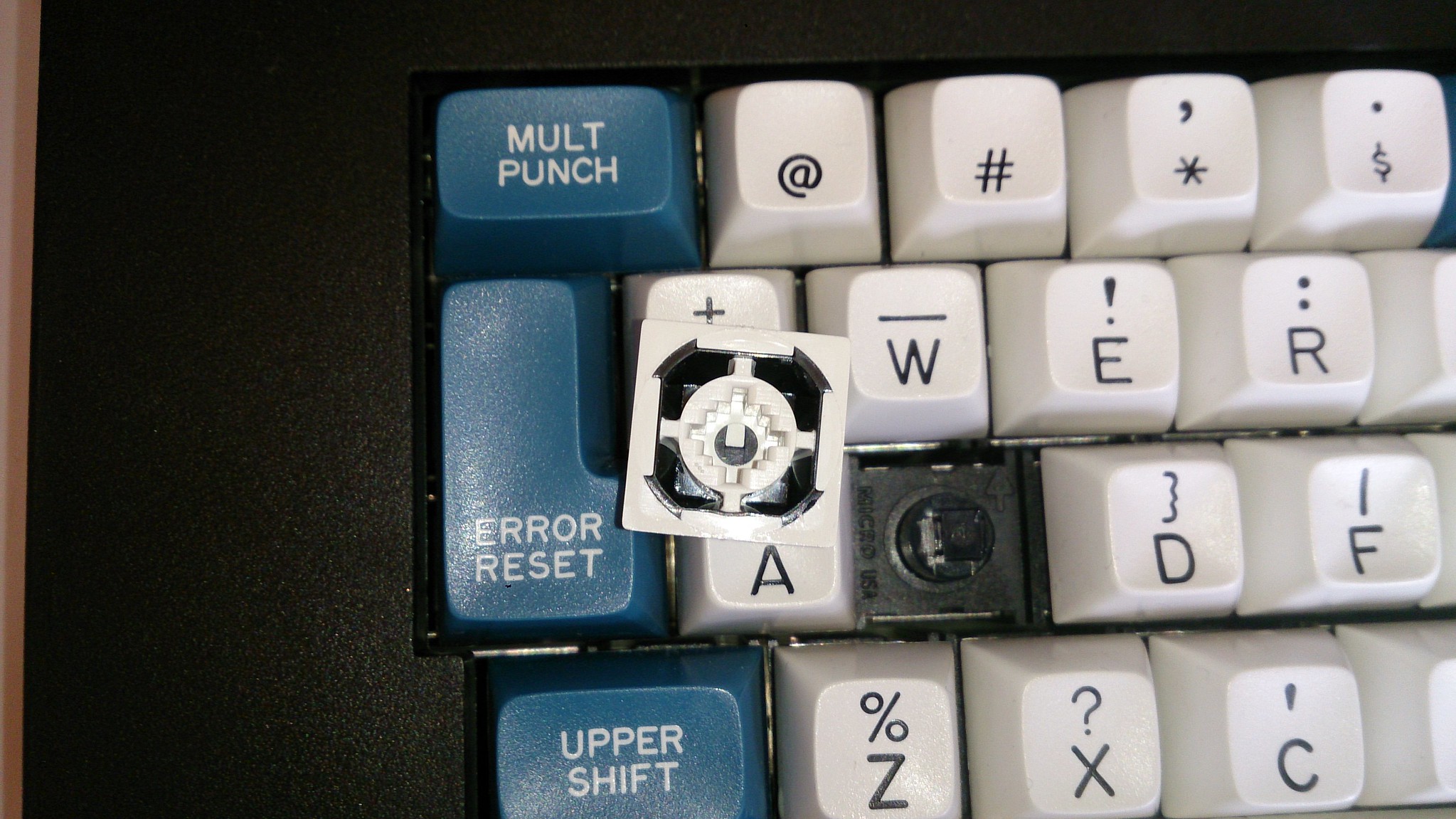 DSC_1713
DSC_1713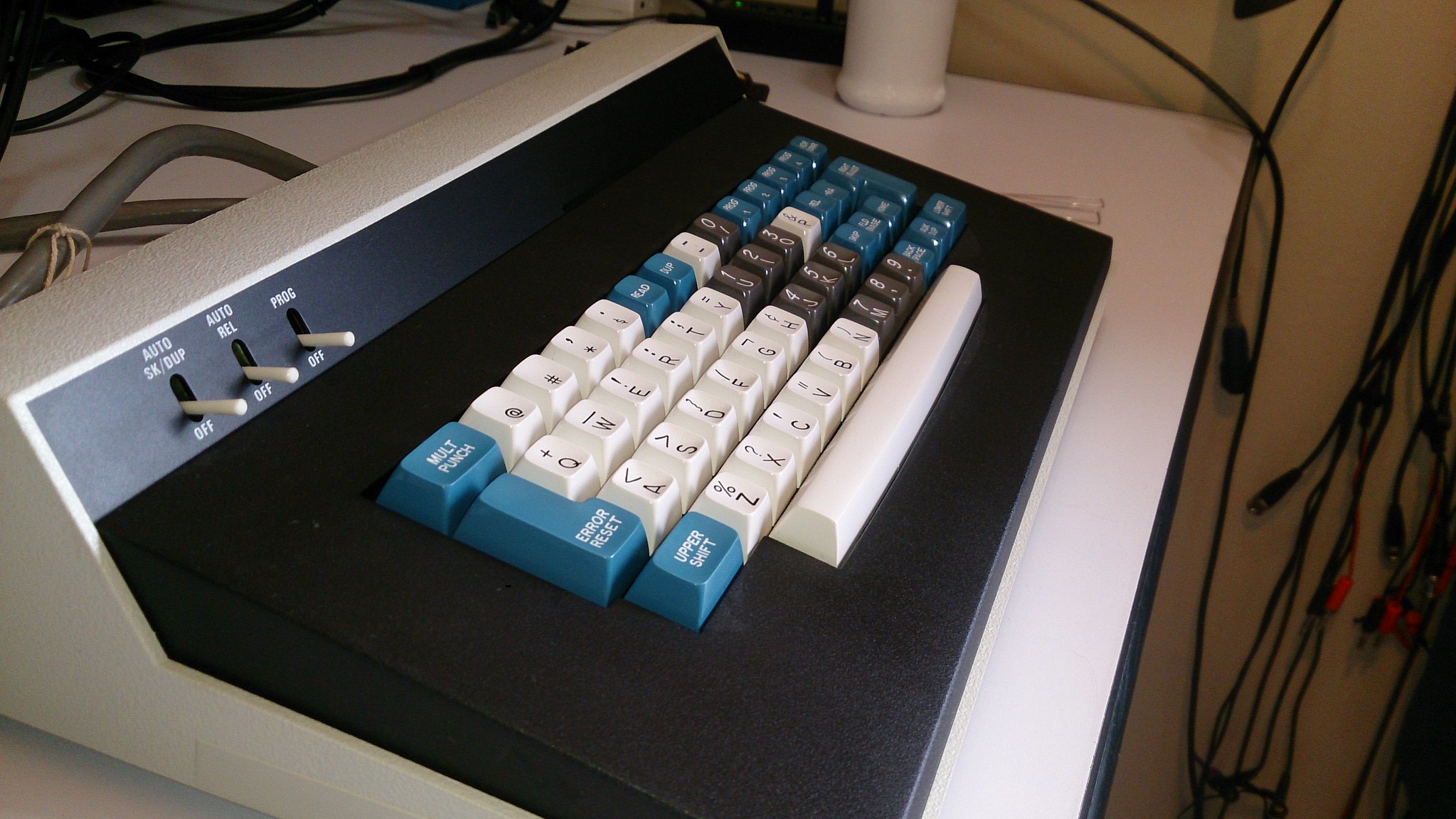 DSC_1717
DSC_1717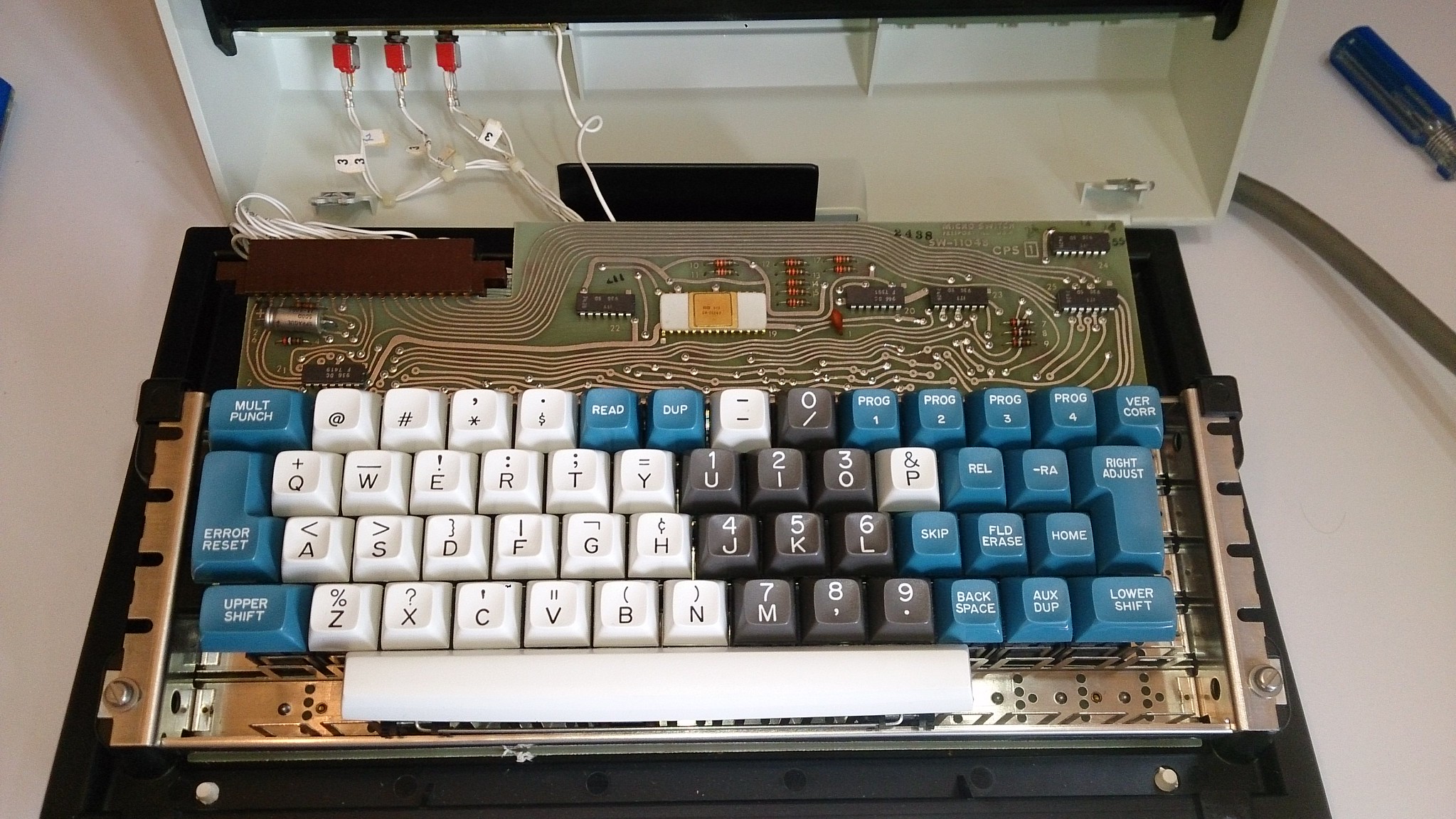 DSC_1740
DSC_1740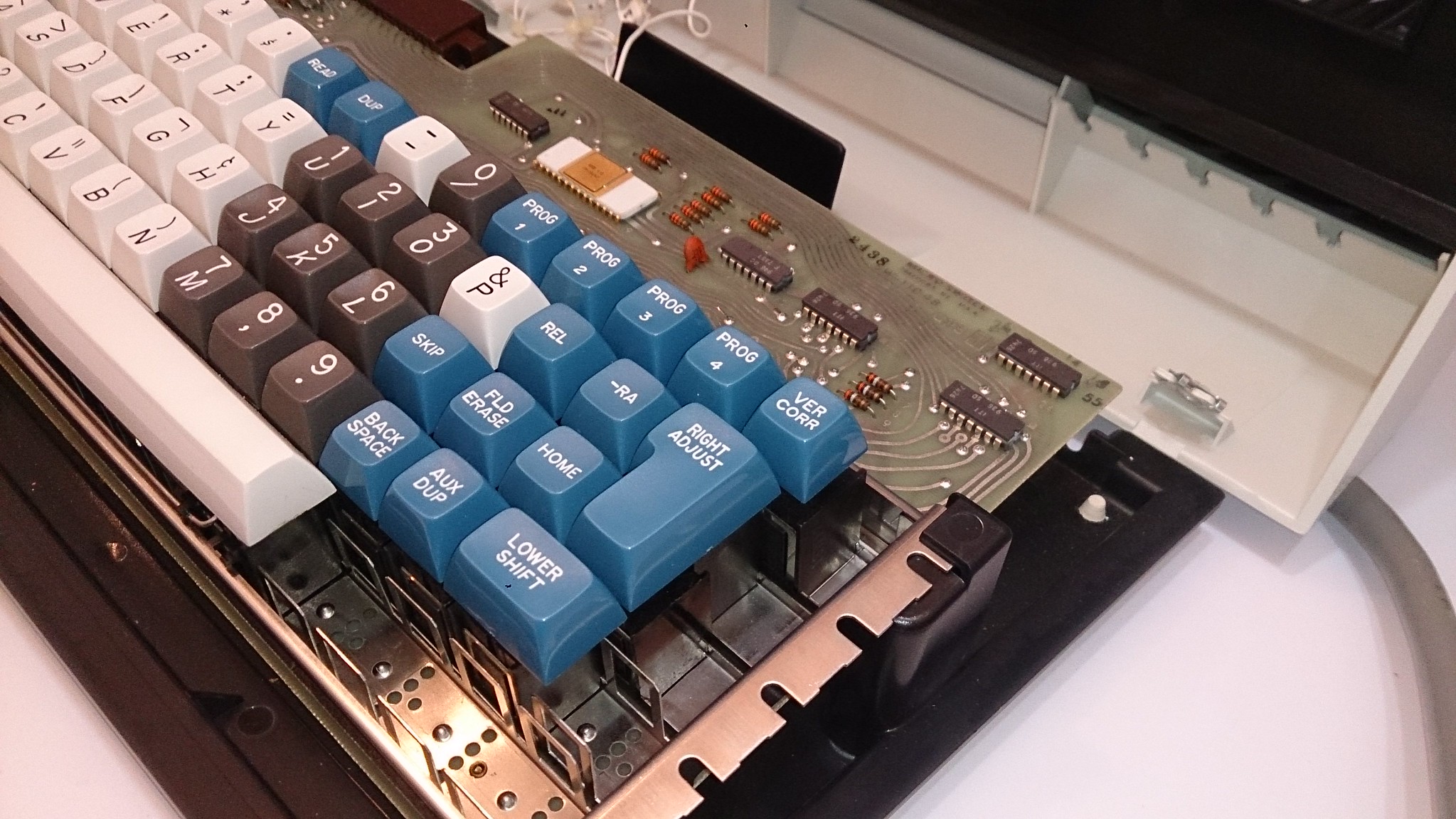 DSC_1742
DSC_1742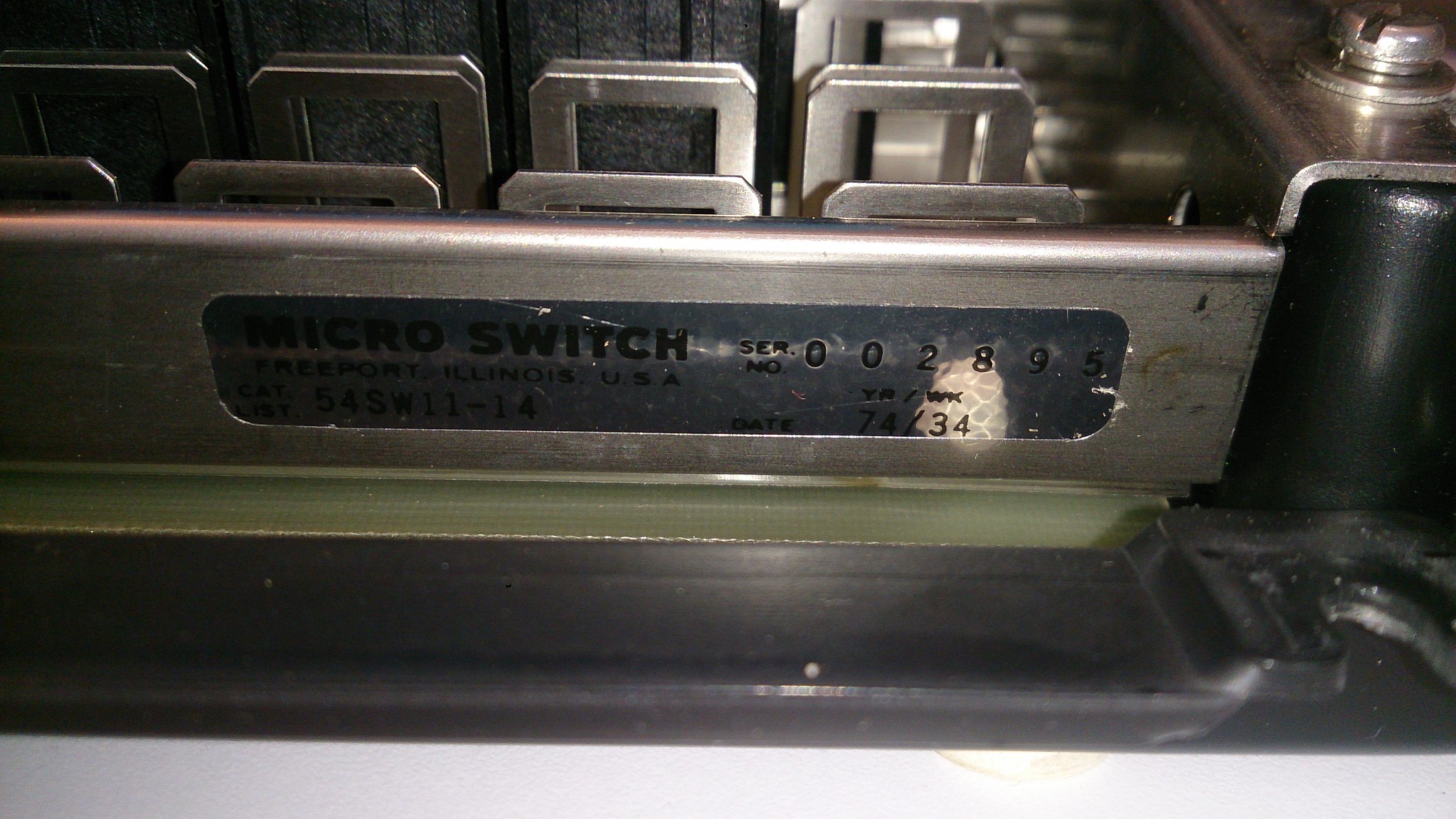 DSC_1745
DSC_1745 DSC_1746
DSC_1746
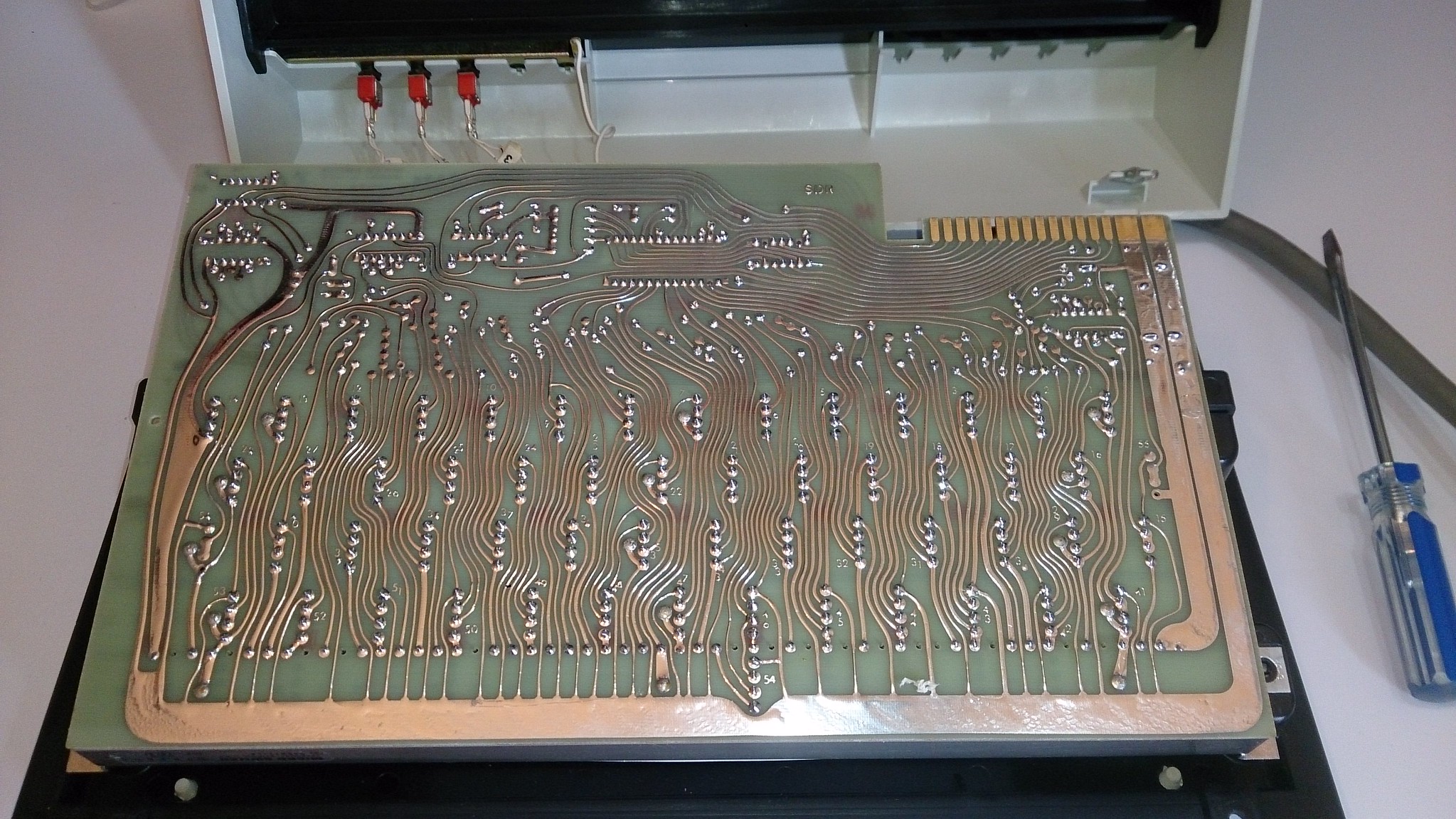 DSC_1754
DSC_1754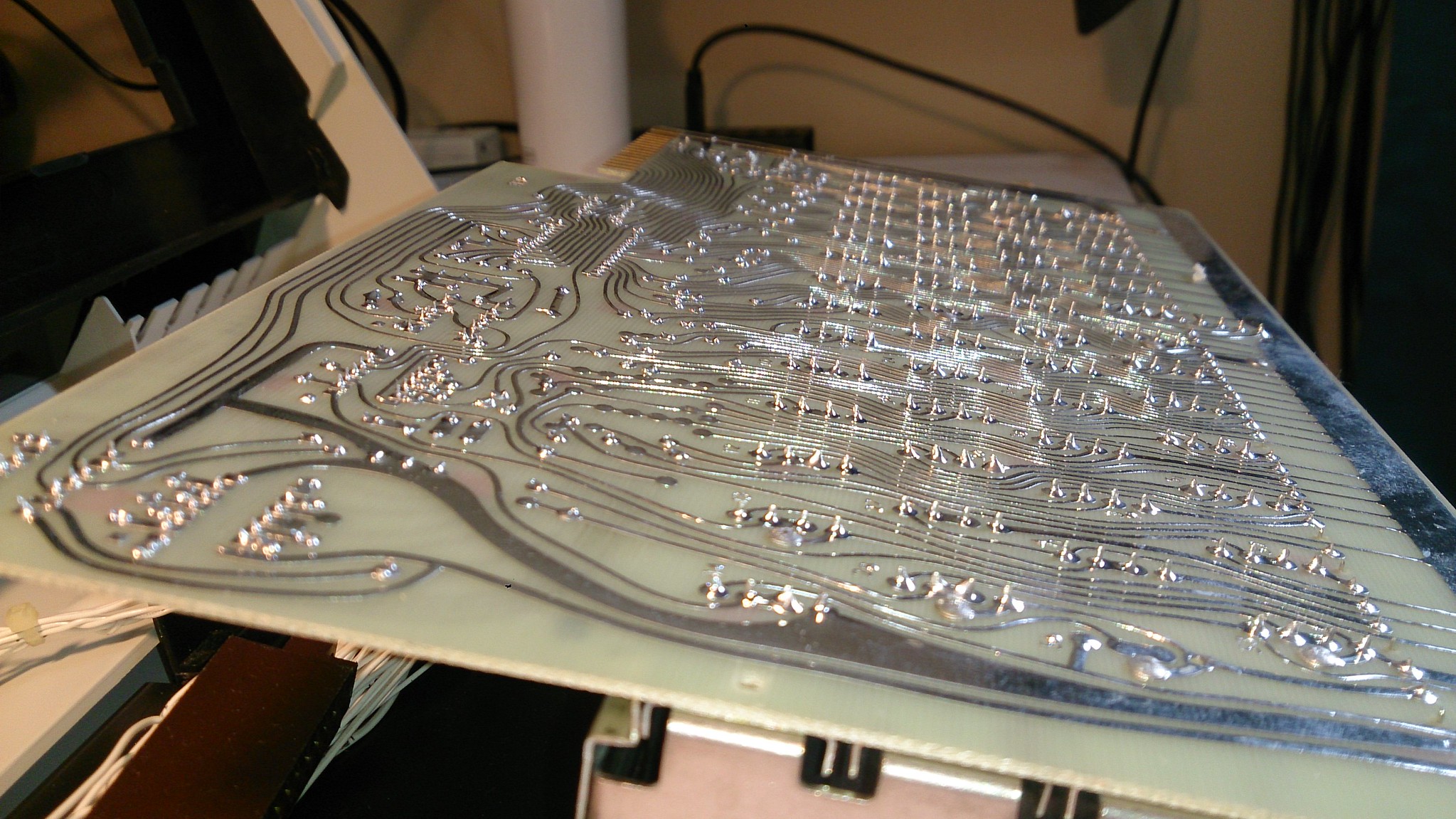 DSC_1771
DSC_1771 DSC_1697
DSC_1697 DSC_1698
DSC_1698 DSC_1702
DSC_1702 DSC_1713
DSC_1713 DSC_1717
DSC_1717 DSC_1740
DSC_1740 DSC_1742
DSC_1742 DSC_1745
DSC_1745 DSC_1746
DSC_1746 DSC_1754
DSC_1754 DSC_1771
DSC_1771